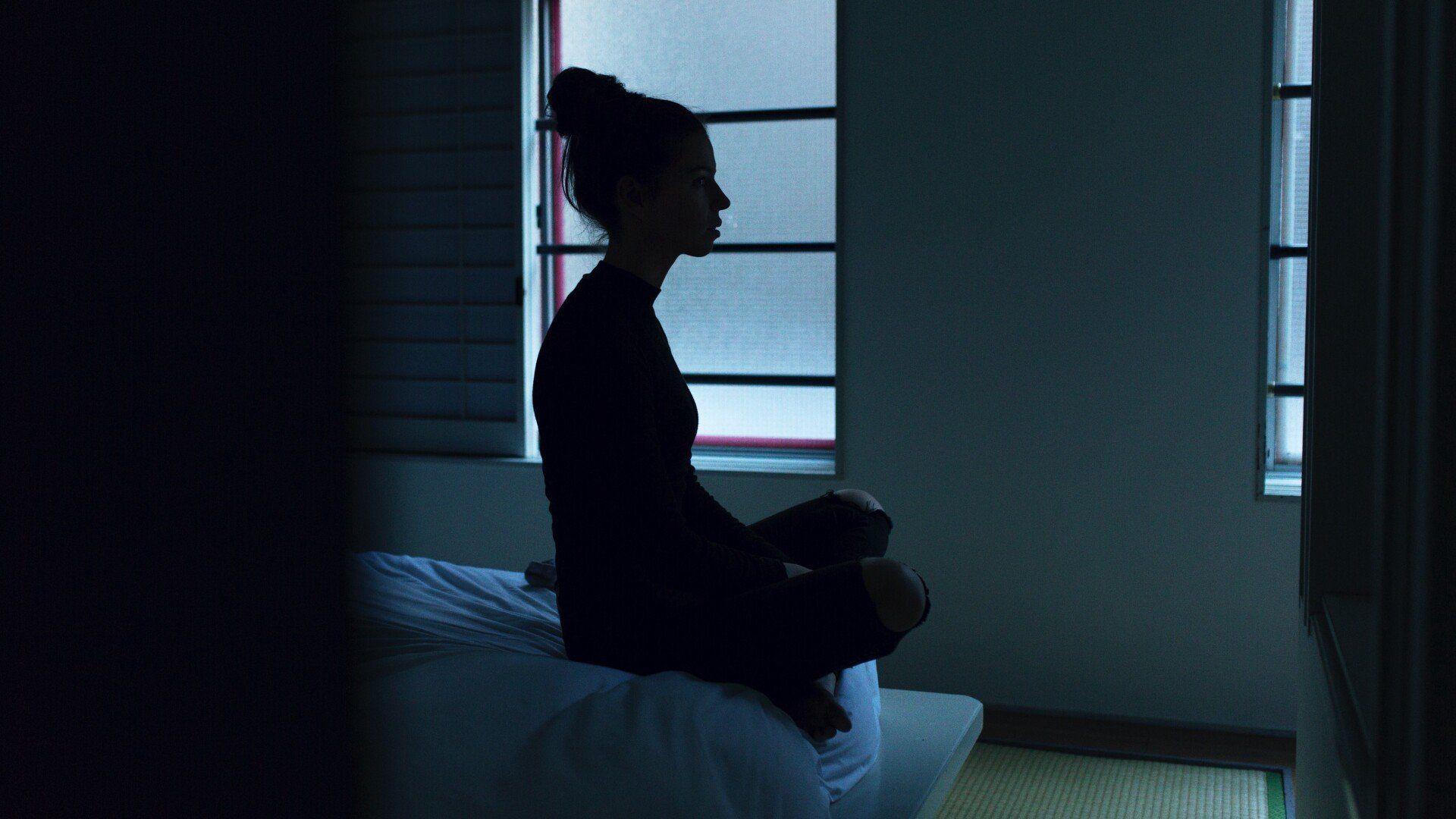
The Effectiveness of Remote-Delivered Cognitive Behavioural Therapy
The Effectiveness of Remote-Delivered Cognitive Behavioural Therapy
The implementation and use of telehealth solutions can greatly improve accessibility to mental health services, and recent research shows that common psychotherapies such as CBT can be just as effective when delivered remotely.

Recent research on telehealth solutions in a variety of clinical contexts supports the idea that telehealth could be just as effective as in-person treatment when correctly implemented. For many, in-person treatment is difficult to access, whether this is due to work commitments, travel times and costs, childcare, or personal health. As conditions become more complicated, interventions become more specialised and therefore less widely available. Being able to access treatment from one’s home, or at least close to it, can make a world of difference to individuals. Technological interventions in healthcare are rapidly being developed and recent research shows promising results for the use of telehealth within healthcare contexts.
Cognitive Behavioural Therapy (CBT) is a common type of psychotherapy most often used to work through chronic disorders such as anxiety and depression. It is based on the premise that psychological problems are in part based on unhelpful ways of thinking and learned patterns of unhelpful behaviour and that people can learn better ways to cope in order to relieve their symptoms. There are a variety of strategies used in order to create a kind of ‘toolkit’ for patients to be able to help themselves, by changing thinking and behavioural patterns. Emphasis is placed on the individual’s ability help themselves and developing skills to do so.
We’ve had a look at recent compelling research on the effectiveness of CBT using telehealth solutions, compared to in-person treatment, for a variety of disorders and in various formats.
In an early study in the US, Bouchard et al. (2004) aimed to compare the effects of CBT interventions for patients diagnosed with panic disorder with agoraphobia when performed via video conferencing and face to face. They found video conferencing to be equally effective as in-person treatment, with 91% of patients receiving videoconferencing treatment panic-free at the 6 month follow up. Later, in Australia, a similar study found that both remote and in-person interventions produced significant reductions in their symptoms as well as improved quality of life (Kiropolous et al., 2008).
A 2013 meta-analysis of 14 studies of synchronous telehealth solutions for treating depression found no evidence to suggest that they were less effective than in-person treatment in reducing symptoms (Osenbach et al., 2013).
A pilot study in Canada aiming to compare telehealth and clinic based group CBT therapy for adults with depression and anxiety found a positive change in severity of symptoms in 60% of participants in both the in-person and remote group (Khatri et al., 2014). More recently, a randomised trial in Australia reported that both in-person and remote treatments significantly reduced symptoms of depression, anxiety, and stress and increased quality of life of participants, with no significant differences between them (Stubbings et al., 2016).
In the UK, a study of 43 general practices in England analysed outcomes of patients receiving a blended approach of telehealth services as well as usual care for chronic disorders. Patients received regular phone calls from trained advisors that helped them to set goals, and then called regularly over the next four months as well as supporting the use of online cognitive behavioural therapy solutions. Compared with usual care alone, those who received the telehealth intervention reported improvements in symptoms, greater satisfaction and better support (Salisbury et al., 2016).
In the US, psychologists developed internet-based treatment for family treatment of those with early-onset obsessive-compulsive disorder (OCD), using videoconferencing methods to deliver CBT. All participants showed a marked improvement in symptoms, and 60% no longer met the criteria to be diagnosed with OCD post treatment. Family members also responded with positive attitudes towards the quality of the service (Comer et al., 2014).
CBT has also been shown to be an effective treatment for insomnia. A study was performed in rural Alabama to assess the feasibility of performing CBT treatment for insomnia using telehealth, where patients who received treatment with a specialty clinic attended sessions at their rural GP office through Skype. They found a significant improvement in both insomnia and depressive symptoms which were maintained at a 2 month follow up. Participants in the study reported being comfortable with receiving the treatment using remote technology (Lichstein et al., 2013).
The results of these studies show extremely promising results that highlight the importance of developing and implementing remote solutions in healthcare. If it’s possible to deliver the same results remotely as in-person, there is enormous potential to create access to services previously unavailable to many, while saving on travel costs both for professionals and clients, reducing our carbon footprint, and saving considerable amounts of time.
References:
Bouchard, S., Paquin, B., Payeur, R., Allard, M., Rivard, V., Fournier, T., Renaud, P., & Lapierre, J. (2004). Delivering cognitive-behavior therapy for panic disorder with agoraphobia in videoconference. Telemedicine Journal and E-Health: The Official Journal of the American Telemedicine Association, 10(1), 13–25. https://doi.org/10.1089/153056204773644535
Comer, J. S., Furr, J. M., Cooper-Vince, C. E., Kerns, C. E., Chan, P. T., Edson, A. L., Khanna, M., Franklin, M. E., Garcia, A. M., & Freeman, J. B. (2014). Internet-delivered, family-based treatment for early-onset OCD: A preliminary case series. Journal of Clinical Child and Adolescent Psychology: The Official Journal for the Society of Clinical Child and Adolescent Psychology, American Psychological Association, Division 53, 43(1), 74–87. https://doi.org/10.1080/15374416.2013.855127
Khatri, N., Marziali, E., Tchernikov, I., & Shepherd, N. (2014). Comparing telehealth-based and clinic-based group cognitive behavioral therapy for adults with depression and anxiety: A pilot study. Clinical Interventions in Aging, 9, 765–770. https://doi.org/10.2147/CIA.S57832
Kiropoulos, L. A., Klein, B., Austin, D. W., Gilson, K., Pier, C., Mitchell, J., & Ciechomski, L. (2008). Is internet-based CBT for panic disorder and agoraphobia as effective as face-to-face CBT? Journal of Anxiety Disorders, 22(8), 1273–1284. https://doi.org/10.1016/j.janxdis.2008.01.008
Lichstein, K. L., Scogin, F., Thomas, S. J., DiNapoli, E. A., Dillon, H. R., & McFadden, A. (2013). Telehealth cognitive behavior therapy for co-occurring insomnia and depression symptoms in older adults. Journal of Clinical Psychology, 69(10), 1056–1065. https://doi.org/10.1002/jclp.22030
Osenbach, J. E., O’Brien, K. M., Mishkind, M., & Smolenski, D. J. (2013). Synchronous telehealth technologies in psychotherapy for depression: A meta-analysis. Depression and Anxiety, 30(11), 1058–1067. https://doi.org/10.1002/da.22165
Salisbury, C., O’Cathain, A., Edwards, L., Thomas, C., Gaunt, D., Hollinghurst, S., Nicholl, J., Large, S., Yardley, L., Lewis, G., Foster, A., Garner, K., Horspool, K., Man, M.-S., Rogers, A., Pope, C., Dixon, P., & Montgomery, A. A. (2016). Effectiveness of an integrated telehealth service for patients with depression: A pragmatic randomised controlled trial of a complex intervention. The Lancet Psychiatry, 3(6), 515–525. https://doi.org/10.1016/S2215-0366(16)00083-3
Stubbings, D. R., Rees, C. S., Roberts, L. D., & Kane, R. T. (2013). Comparing in-person to videoconference-based cognitive behavioral therapy for mood and anxiety disorders: Randomized controlled trial. Journal of Medical Internet Research, 15(11), e258. https://doi.org/10.2196/jmir.2564






